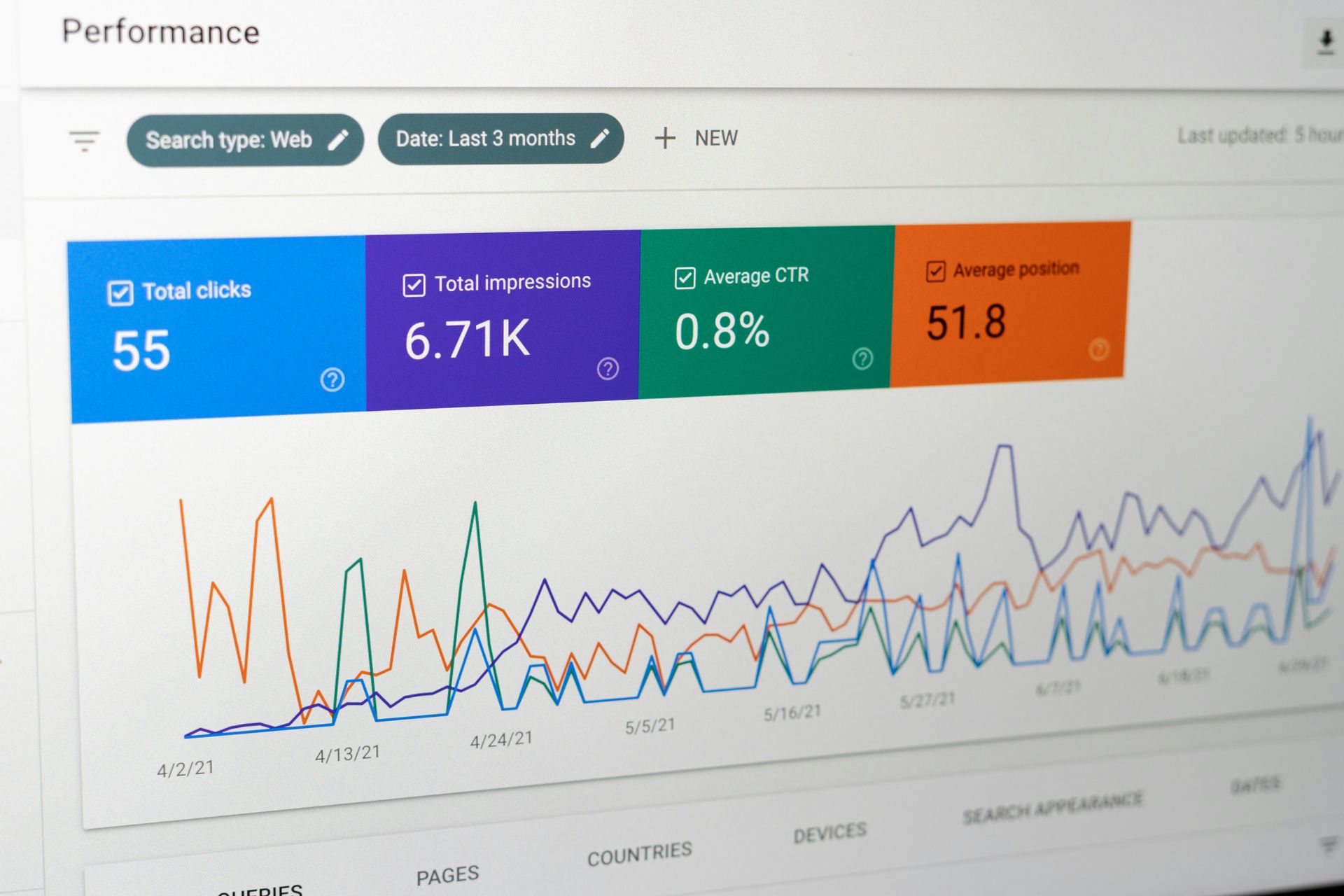Creating Emotional Connections with Marketing
Think of it like cultivating a friendship—you can’t rush it, and it takes time and effort to nurture. But when you get it right, the emotional bond you create will keep your customers coming back for more, turning them from casual buyers into loyal fans.

Today's business world is competitive. Companies are constantly battling for attention, so creating an emotional connection with your audience can make all the difference. Think about it: when you feel emotionally connected to a brand, you don’t just buy from them—you trust them, love them, and often stick with them for the long haul. But how exactly do brands create these emotional bonds, and why is it so important? Let’s break it down!
What is Emotional Marketing?
At its core, emotional marketing is all about tapping into your customers’ feelings. Rather than just pushing products or services, emotional marketing connects with people on a deeper level by resonating with their hopes, fears, desires, and values. It’s like when you have a conversation with a friend, and they really listen to you—they don’t just hear your words, but they understand where you're coming from. That connection makes you feel heard and valued, right? Well, emotional marketing works in a similar way. It’s about creating ads, stories, and experiences that resonate with the human side of your audience.
Why is Emotional Connection Important?
Think of it this way: Imagine you're at a store, and there are two products on the shelf that do the same thing. One is just sitting there, with no personality or story behind it. The other has an inspiring backstory—perhaps it’s from a company that supports environmental causes, or it’s a brand that’s known for making a difference in people’s lives. Which one are you more likely to pick? Most of us would choose the one that aligns with our own values, right? That’s the power of emotional connection in marketing. It makes people choose your brand, not just because of what it does, but because of what it represents.
How Do You Create Emotional Connections in Marketing?
Creating emotional connections in marketing is like building a friendship. You need to understand the other person’s needs, desires, and feelings, and you need to communicate in a way that resonates. Here are a few key strategies brands use to make that happen:
- Tell Stories That Resonate with Your Audience
Storytelling is one of the most powerful tools in emotional marketing. It’s kind of like when you hear a story from a friend, and it stays with you because it was meaningful, relatable, or inspiring.
For example, think about Nike's "Just Do It" campaign. Nike doesn’t just sell shoes; they sell the story of overcoming challenges, pushing boundaries, and achieving greatness. Every commercial, every ad, is about inspiring people to be their best selves. When you tell a story that aligns with your audience’s values, you’re not just selling a product—you’re giving them a reason to believe in your brand. It’s like the difference between reading a generic product description versus hearing someone tell you how the product changed their life.
- Use Emotional Triggers
Emotions drive decisions. It’s kind of like when you’re choosing a movie to watch. If you’re in the mood for a good laugh, you’re going to gravitate toward a comedy. If you want to feel inspired, you might go for a drama or a documentary. Similarly, in marketing, certain emotions can trigger action.
Take Dove’s "Real Beauty" campaign, for example. Instead of focusing on a typical beauty standard, Dove focused on real women with real bodies, celebrating their uniqueness. This emotional appeal to self-esteem and confidence resonated deeply with their audience, helping Dove build strong emotional connections with consumers. Using emotional triggers like nostalgia, humor, or empathy can help your audience feel something deep down. And when they feel something, they’re more likely to act—whether that’s buying your product, sharing your content, or recommending your brand to others.
- Align with Your Audience’s Values
Think about the brands you trust the most. Chances are, those brands stand for something that aligns with your own values. It’s kind of like when you and a friend share the same interests, like a passion for travel or an interest in supporting local businesses. That shared understanding creates a deeper bond.
For example, Patagonia is a brand that’s known for its commitment to environmental sustainability. By consistently aligning their actions and products with this cause, they’ve attracted a loyal following of people who care about protecting the planet. This shared value makes their customers feel connected not just to the brand, but to the community of people who support it. When a brand demonstrates that it shares the same values as its audience, it builds a sense of belonging. It’s like finding a friend who gets you and supports your beliefs. That’s the power of value-based marketing.
- Create Memorable Experiences
If you’ve ever had a memorable customer service experience, you know exactly how powerful it can be. Think of it like when you go to a coffee shop, and the barista remembers your name and your usual order. That personal touch makes you feel appreciated, right? It’s the same with marketing. The experiences you create for your customers—whether it’s through great customer service, personalized offers, or a seamless user experience—can forge a strong emotional bond.
Apple is a great example of this. They don’t just sell technology; they sell an experience. From the moment you walk into an Apple Store, you’re greeted by knowledgeable staff who make you feel special. Their stores are designed to be more than just places to buy products; they’re places where customers can interact with their products in a way that feels personal and engaging.
Conclusion
Creating emotional connections in marketing is all about understanding your audience and making them feel something. It’s not just about selling a product; it’s about building relationships, sharing values, and telling stories that resonate. Think of it like cultivating a friendship—you can’t rush it, and it takes time and effort to nurture. But when you get it right, the emotional bond you create will keep your customers coming back for more, turning them from casual buyers into loyal fans. By making your brand relatable, trustworthy, and in tune with your audience’s emotions, you can create connections that last a lifetime. And in today’s market, that emotional connection is the key to standing out and building a brand people truly care about.


